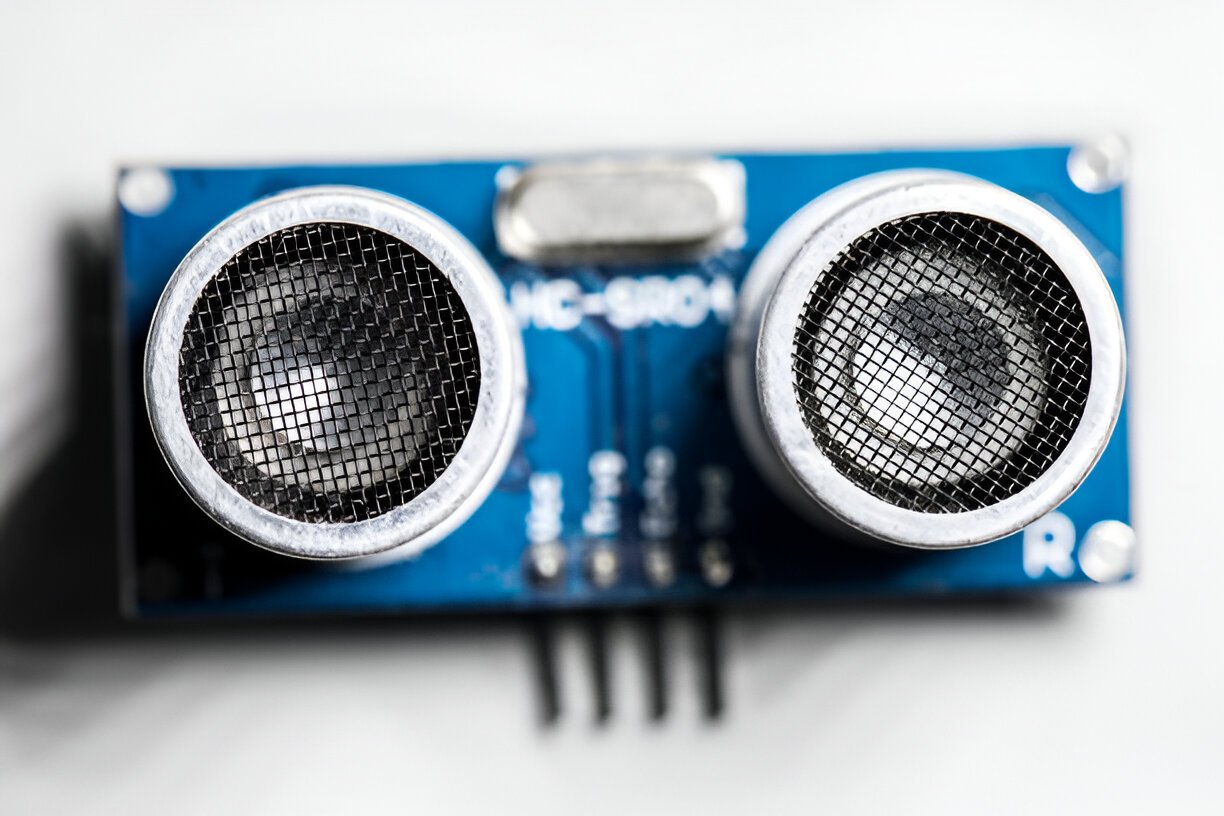Image Credit: iStock Image
Replacing the front panel of a Peavey Amp 6506 with plexiglass has become a popular modification among guitar enthusiasts. This upgrade not only enhances the amp’s visual appeal but also allows for unique customization options. Musicians and DIY enthusiasts alike are discovering the benefits of this simple yet effective alteration to their beloved Peavey amplifiers.
The process to replace the Peavey Amp 6506 front with plexiglass involves several steps, from removing the original panel to installing the new plexiglass cover. This article will guide readers through the replacement procedure, highlight the advantages of using plexiglass, and offer ideas for personalizing the amp’s appearance. Additionally, it will touch on related topics such as how to remove guitar knobs and provide context for those interested in Peavey products like the Bandit 65 or the Bandit 112 Red Stripe.
Read More About: Absolute Monocytes High
Table of Contents
ToggleBenefits of Replacing with Plexiglass
Replacing the Peavey Amp 6506 front with plexiglass offers several advantages. Firstly, it enhances the esthetic appeal, transforming the amplifier into a visually striking centerpiece. The sleek and modern look of plexiglass can elevate the amp’s appearance, making it stand out on stage or in a studio setting.
Customization options are another significant benefit. Plexiglass panels can be easily personalized with various colors, patterns, or even integrated LED lighting. This allows musicians to tailor their amp’s appearance to match their style or band’s theme, creating a unique and eye-catching instrument.
Durability is also a key advantage. Plexiglass is resistant to impact and helps protect the amp’s internal components from dust and debris. This can contribute to maintaining the amp’s performance and extending its lifespan. While not as robust as metal, plexiglass provides sufficient protection for most purposes.
Lastly, plexiglass offers improved visibility. Clear panels allow musicians to showcase the amp’s internals, adding an interesting visual element to their setup.
Step-by-Step Replacement Process
- Remove the existing front panel by unscrewing it from the amplifier chassis. Keep all screws and small parts safe for reassembly.
- Measure the front panel area accurately and transfer these measurements to the plexiglass sheet. Cut the plexiglass using a jigsaw or acrylic cutter, ensuring smooth edges.
- Mark and drill mounting holes in the plexiglass, aligning them with the existing holes on the amplifier chassis.
- Fit the plexiglass panel to the amplifier chassis, trimming if necessary. Secure it using screws or mounting hardware. For a less permanent solution, consider using double-sided tape or adhesive.
- Reassemble the amplifier, ensuring all screws and components are tightly secured.
- Test the amplifier to check for proper functioning and any issues with the new panel, such as vibrations or loose fittings.
- For added flair, consider installing an LED lighting kit behind the plexiglass to create a backlit effect.
Click Here to Understand About: Bentyl
Replace Peavey Amp 6506 Front with Plexiglass: Customization Ideas
Replacing the Peavey Amp 6506 front with plexiglass opens up a world of creative possibilities. One popular option is to incorporate LED lighting behind the plexiglass panel. This creates a stunning visual effect, allowing musicians to choose from a range of colors and lighting modes to match their style or performance needs. LED strips are easy to install and can be powered by the amplifier’s existing power supply.
Plexiglass panels come in various colors and patterns, offering further customization options. Musicians can consider using tinted or frosted plexiglass for a unique look. Custom patterns or designs can be added using stickers or decals. For a truly personalized touch, laser engraving designs or logos onto the plexiglass adds a professional finish to the customized amplifier.
Also Read About to Understand: Snot Color Meaning
Conclusion
The transformation of a Peavey Amp 6506 with a plexiglass front panel has a significant impact on both its esthetics and functionality. This straightforward modification opens up a world of customization options, allowing musicians to tailor their amp’s look to their unique style. The added durability and visibility of plexiglass also contribute to the amp’s longevity and visual appeal, making it a practical choice for many guitar enthusiasts.
For those looking to breathe new life into their Peavey Amp 6506, replacing the front panel with plexiglass is a worthwhile project to consider. With a bit of DIY spirit and creativity, musicians can create a one-of-a-kind amplifier that not only sounds great but also looks stunning on stage or in the studio. This simple yet effective modification showcases how small changes can have a big impact on the overall look and feel of musical equipment.
FAQs
1. What are the benefits of replacing the Peavey Amp 6506 front with plexiglass?
Replacing the front panel with plexiglass enhances the amplifier’s appearance, allows for customization with colors and patterns, offers durability, and improves visibility of the amp’s internals.
2. What tools do I need for this modification?
You will need a jigsaw or acrylic cutter for cutting the plexiglass, a drill for making mounting holes, and screws or mounting hardware for securing the panel. Double-sided tape or adhesive can be used as an alternative to screws.
3. How do I measure and cut the plexiglass accurately?
Measure the existing front panel area carefully and transfer these measurements to the plexiglass sheet. Cut the plexiglass with a jigsaw or acrylic cutter, ensuring smooth edges. Test fit the panel and trim as necessary before installation.
4. Can I add LED lighting to the plexiglass panel?
Yes, adding LED lighting behind the plexiglass panel is a popular customization option. LED strips can be installed easily and powered by the amplifier’s existing power supply to create a striking visual effect.
5. Are there any precautions I should take when replacing the panel?
Ensure all screws and components are securely fastened after installation. Test the amplifier to check for any issues with vibrations or loose fittings. If using adhesive or tape, ensure it is strong enough to hold the panel in place.



Leave a Reply